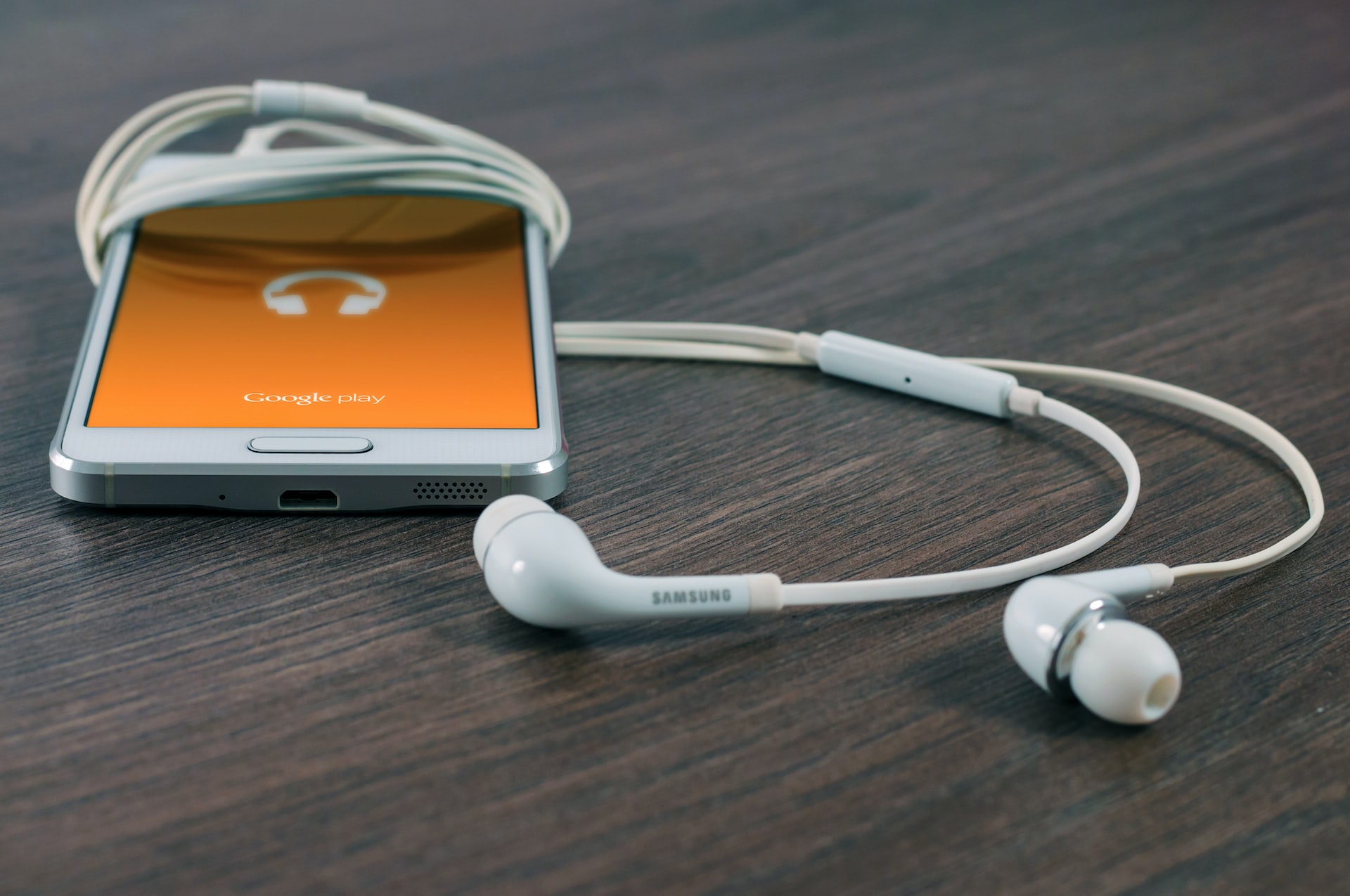MP3 vs AAC vs FLAC: Understanding the Digital Music Format Wars
Alright, let's dive into the deep end of the digital music pool and talk about formats. Because let’s face it, not all digital music formats are created equal. In the left corner, we have the old-timer, MP3. In the right corner, the sprightly AAC. And in the middle, standing tall and proud, FLAC. It's like a royal rumble, but for your ears.

MP3: The Aging Veteran
MP3 has been around since the digital dark ages, and boy does it show. It’s like that old uncle who still thinks disco is the height of cool. MP3 uses lossy compression, which means it throws out bits of the audio to make the file smaller. Sure, it’s convenient and universally compatible, but it’s like watching a movie in standard definition on a 4K TV – you’re missing out on so much detail. MP3 files are fine if you’re not too fussy, but if you have an ear for quality, you might find them a bit like listening to music through a tin can.
AAC: The Middle Child
AAC, or Advanced Audio Coding, is like MP3's more sophisticated younger sibling. Used primarily by Apple and YouTube, it’s a step up in terms of quality. It’s still a lossy format, but it’s a bit smarter about what it throws away. Think of AAC as a digital middle ground – better than MP3, not quite as heavy as FLAC. If MP3 is a cheeseburger, AAC is like a cheeseburger with some gourmet sauce.
FLAC: The Audiophile’s Dream
Enter FLAC, the Free Lossless Audio Codec. FLAC is lossless, which means it compresses without losing any data. This is the format for the music purists, the audio aficionados, the folks who want to hear every strum, drum, and hum as it was intended. FLAC files are larger, but in the world of terabyte hard drives and high-speed internet, that’s becoming less of an issue. Listening to music in FLAC is like having the artist perform live in your living room – it’s that good.
Choose Your Fighter
So, what’s the verdict in this format battle royale? If you’re all about convenience and don’t mind sacrificing some quality, MP3 might still be your go-to. If you want a balance between size and quality, give AAC a spin. But if you’re serious about your audio experience, FLAC is the way to go. It’s like choosing between a bicycle, a sedan, and a race car – they’ll all get you there, but the experience is vastly different.
In the end, your choice of format should match your listening needs and equipment. There’s no point in going FLAC if you’re listening on basic earbuds, just like you wouldn’t use a sports car for off-road racing. Choose wisely, and happy listening!

Best Quality Streaming Services Online
Music, the universal language that soothes the soul and sometimes, unfortunately, tortures our eardrums. Let’s get real, folks: In a world brimming with technological marvels, why are we still subjecting our ears to the auditory equivalent of a pixelated image? That’s right, I’m talking about those dreaded MP3s. The fact that MP3s are still a thing is as baffling as a silent radio show. But fear not, I’m here to guide you through the murky waters of online music streaming services and help you elevate your listening experience from “meh” to “eargasmic.”
Tidal: The Crown Jewel of Streaming Quality
First up, we have Tidal. If Tidal were a car, it would be a Rolls Royce cruising down Audio Avenue. This is not just your average streaming service; it’s a connoisseur’s choice. Tidal offers lossless High Fidelity sound quality, which is like giving your ears a first-class ticket to a live concert. The sound is crisp, clear, and so pure that you might start wondering if the artist is in the room with you. Tidal's Master Quality Authenticated (MQA) technology is a game-changer, making it the top dog in the streaming world for those who can appreciate the finer details in music.
Spotify: The People’s Champion with a Premium Twist
Coming in at number two is Spotify. Spotify is like that reliable friend who’s always there when you need them. With its Premium subscription, Spotify offers a very respectable 320 kbps streaming quality. It’s not on par with Tidal’s lossless glory, but it's a significant leap from the standard streaming quality. Think of it as the comfortable sedan of music streaming - it won’t turn heads like a sports car, but it gets you where you need to go, comfortably and with style.
Pandora: The Underwhelming Underdog
Lastly, we have Pandora. Oh, Pandora, where do we begin? If this were a race, Pandora would be the one huffing and puffing at the back. With a maximum quality of 192 kbps for its premium subscribers, Pandora’s sound quality is like listening to a concert from outside the venue. It’s fine if you’re not too picky, but for those who crave depth and richness in their music, Pandora might leave you feeling like you’re dining at a gourmet restaurant and only ordering water.
Conclusion: Elevate Your Ears
In conclusion, if you value your ears and your music, it’s time to ditch those archaic MP3s and embrace the world of high-quality streaming. Tidal stands tall as the undisputed champion for audiophiles, while Spotify strikes a commendable balance between quality and accessibility. As for Pandora, well, it’s there if you need it. Remember, life’s too short for crappy music.
Treat your ears to the best, and you’ll never look back.

P.S. Want to hear the difference? Just listen to my LIVE stream at 320 kbps AAC!
Stop Listening to Crappy Music: Why MP3s Suck, and the Best Quality Streaming Services Online